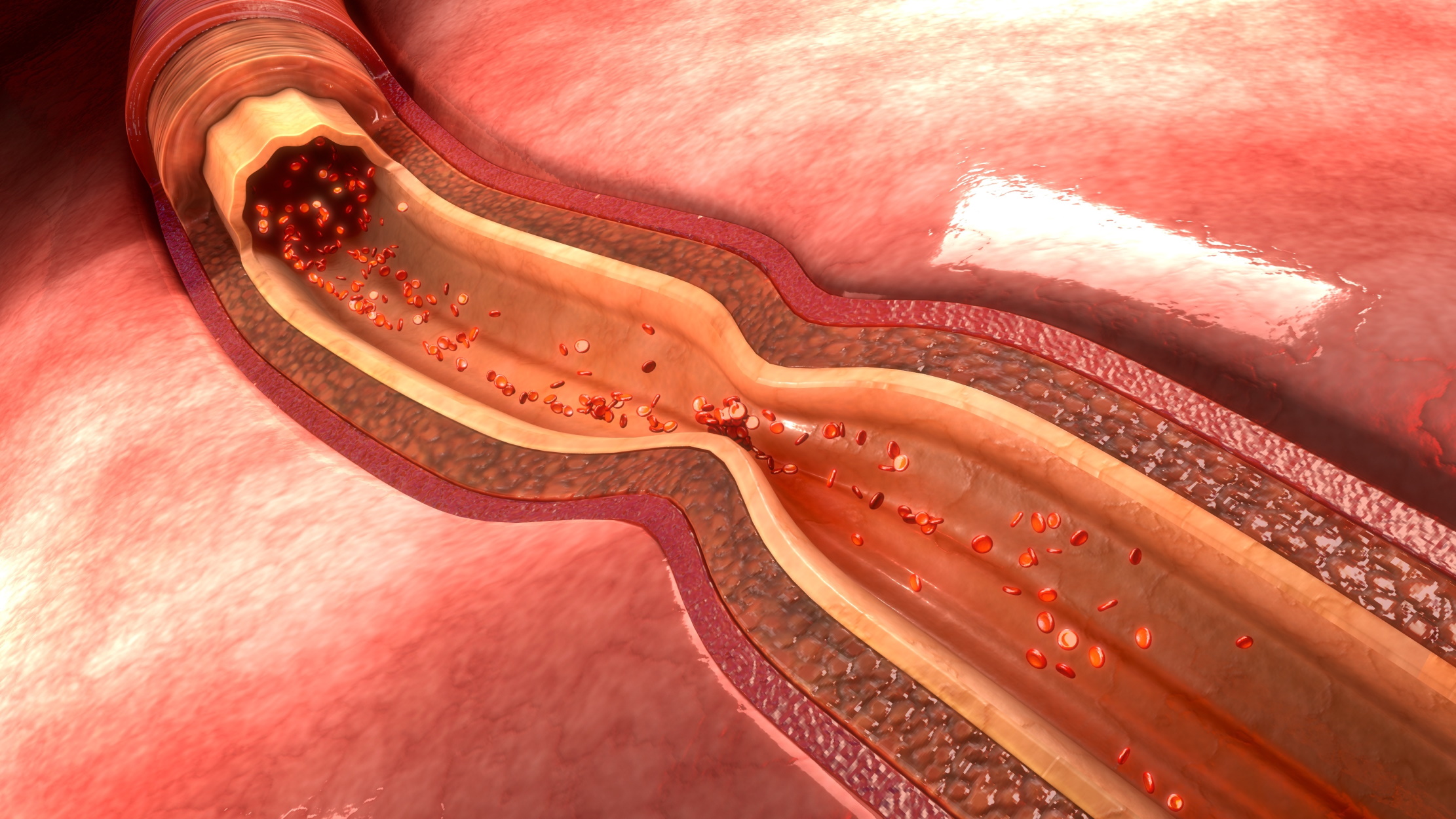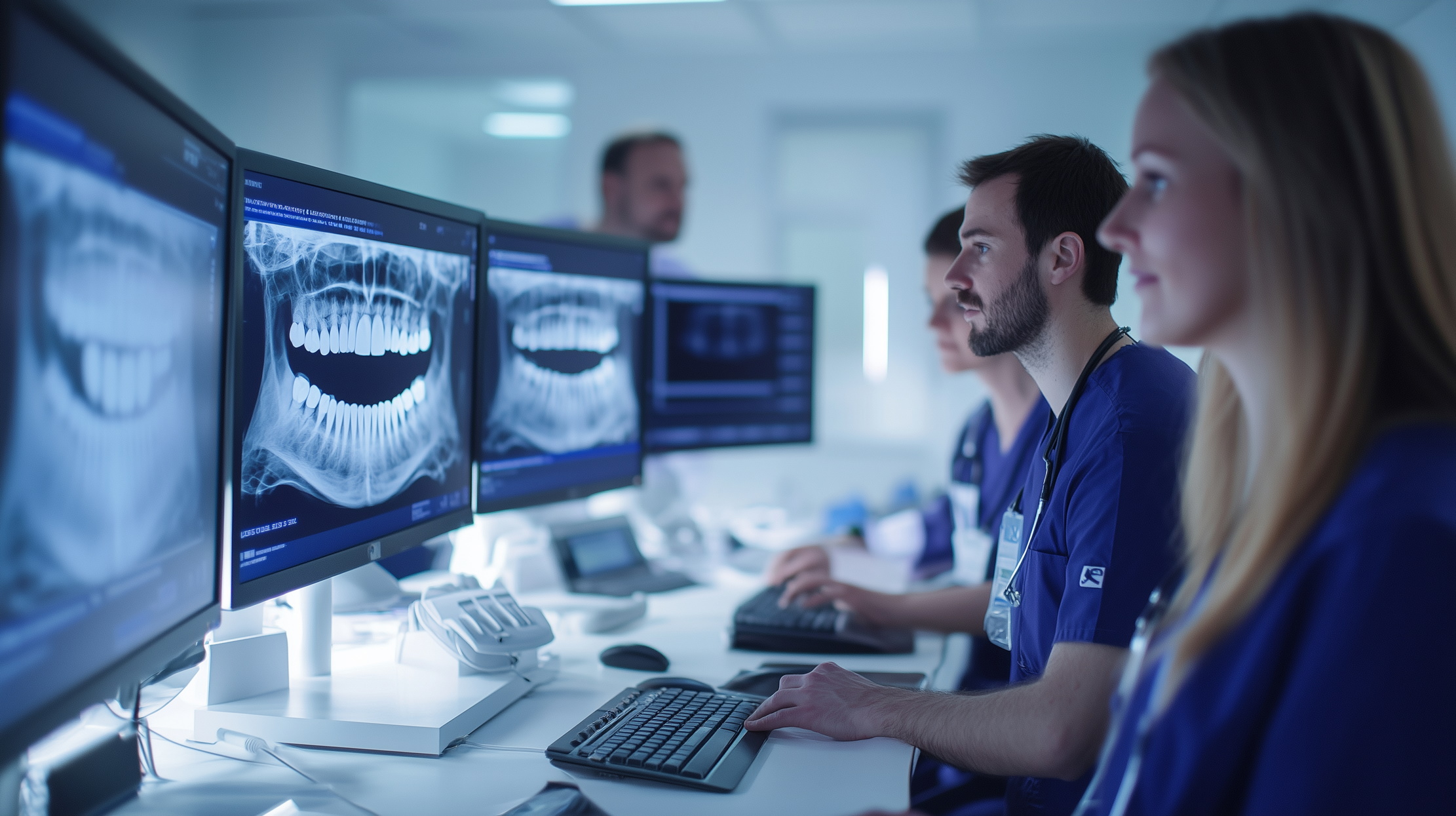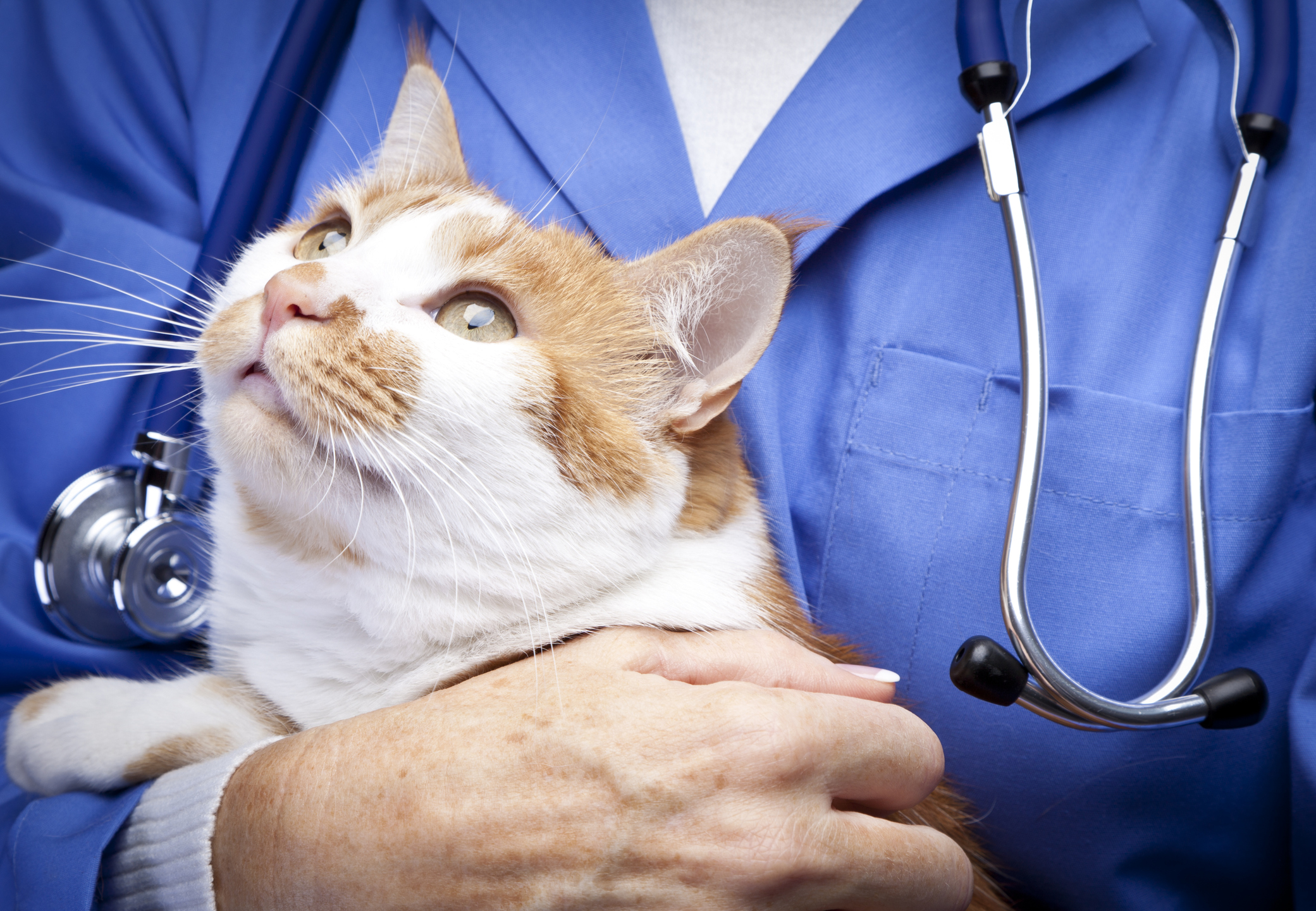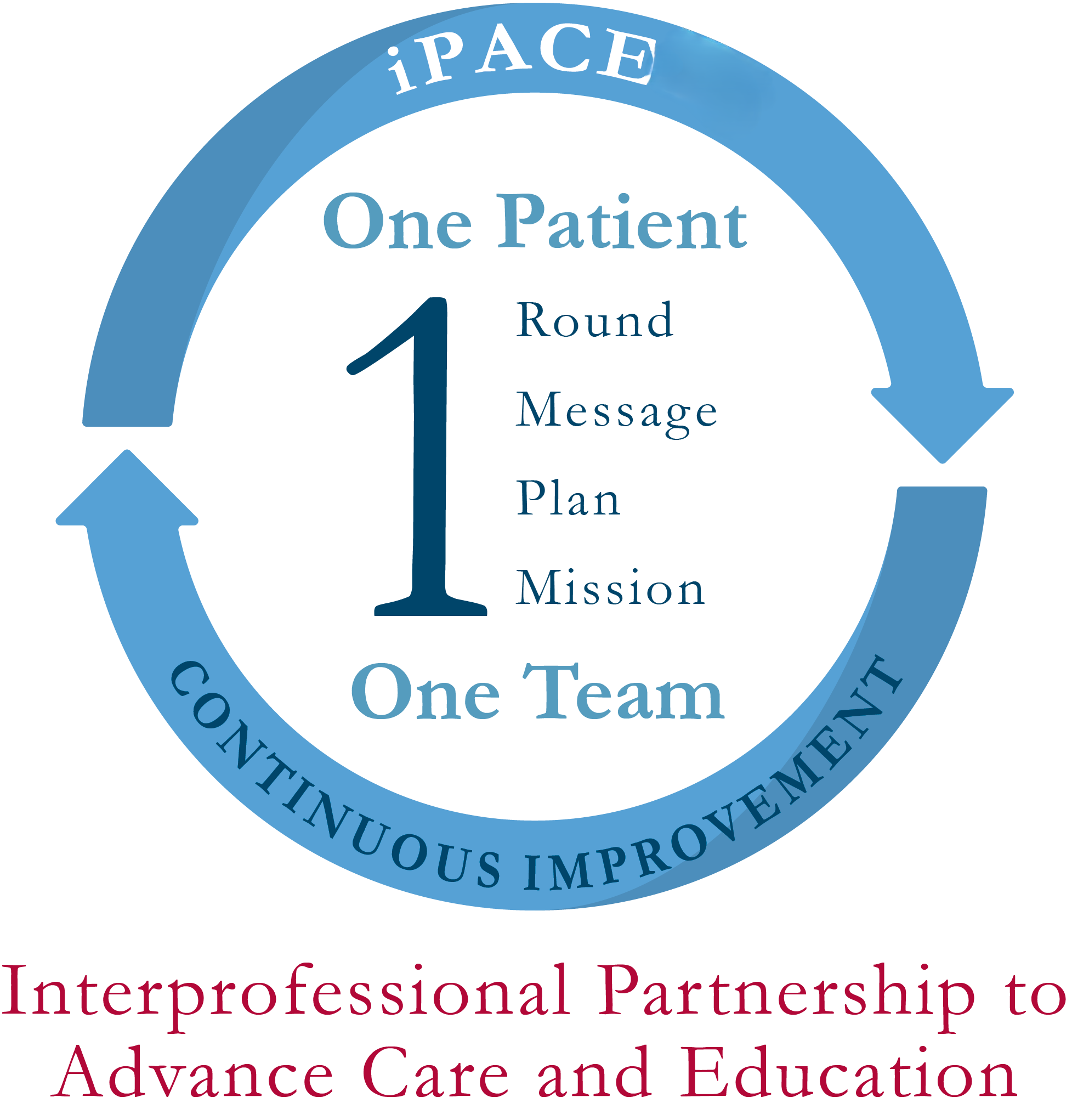Health and Medicine
Explore Health and Medicine

Dr Adrian-Sebastian Zus | When Arteries Rebel: Preventing Radial Artery Spasm
Most of us never give much thought to the small artery that runs along the inside of our wrist, the radial artery. You can feel it easily if you press your fingers just below your thumb. Yet in modern medicine, this little vessel has become one of the most important gateways to the heart. Imagine a doctor threading a tiny tube, called a catheter, through the radial artery to reach your heart. This technique, called transradial access, has transformed modern cardiology. By entering through the radial artery, doctors can perform life-saving cardiac procedures with fewer complications, faster recovery, and even lower costs than older methods that went through the leg. Many people can even walk out of the hospital on the same day. Over the past two decades, doctors have increasingly chosen the radial artery as their entry point for procedures like angiography (imaging of the heart’s blood vessels) and angioplasty (opening blocked arteries). But there’s a catch: sometimes the artery rebels. It tightens suddenly, almost like a muscle cramp, gripping the medical instruments and making the doctor’s job harder. This is known as radial artery spasm (or RAS for short). In rare cases, the spasm is so severe that it traps the catheter or damages the artery wall.

Professor Andrea Facciabene | Gut-Targeted Antibiotic Boosts Lung Cancer Radiation Therapy: A New Frontier in Microbiome-Based Treatment
Imagine a future where treating cancer doesn’t just depend on high-tech machines or potent drugs, but also on something as simple, and as complex, as the bacteria living in your gut. This future might be closer than we think, thanks to groundbreaking research led by Professor Andrea Facciabene at the University of Pennsylvania. In a randomized pilot study recently published in the Journal for ImmunoTherapy of Cancer, Prof. Facciabene and an international team of researchers explored a curious and compelling idea: could altering the gut microbiome enhance the effectiveness of radiation therapy in patients with inoperable early-stage lung cancer? The answer, at least in this early stage, appears to be yes.

The allure and pitfalls of flavored tobacco and nicotine products. Interview with Professor Mary Rezk-Hanna
Interview with Professor Mary Rezk-Hanna

Professor Dr. Frederik Wenz | McDonaldization in Healthcare: Opportunities and Pitfalls for Patients and Providers
If you stroll into a McDonald’s fast-food restaurant in Paris, Tokyo, or New York, you’ll notice that the Big Mac tastes the same, the menu looks familiar, and the process is quick and efficient. You order your food, wait a short while, and you get exactly what you expect. In the 1990s, American sociologist George Ritzer gave a name to this phenomenon: McDonaldization. He identified four principles behind the model’s success. The first is Efficiency, in terms of getting things done in the fastest, least expensive way possible. Second comes Calculability, which involves valuing numerical metrics, such as how many burgers sold and how fast they were served, over subjective qualities such as taste or ambiance. The third factor is Predictability, which involves making sure the experience is the same way everywhere. The final aspect is Control, where the corporation uses refined rules, technology, and systems to achieve the preceding three principles. While these ideas may work for burgers and fries, can they work if applied to something very different, such as healthcare? In a thought-provoking review, Professor Dr. Frederik Wenz of the University of Freiburg explores how these fast-food-inspired principles are transforming hospitals, clinics, and even the role of patients themselves. This phenomenon doesn’t just involve faster patient registrations or standardized treatments. It’s about a fundamental shift in how we think about healing, and how much responsibility patients are willing (or able) to take on themselves.

Dr. Adam W. Carrico | Biobehavioral Approaches to HIV Prevention and Treatment in Sexual Minority Men Who Use Stimulants
Research from Dr. Adam W. Carrico at the Florida International University, and his colleagues, explores innovative approaches to address HIV prevention and treatment challenges among sexual minority men who use stimulants. Three interconnected studies examine how behavioral interventions can reduce HIV viral load, alter gene expression in immune cells, and increase the use of preventive medication in this high-priority population. Collectively, these randomized controlled trials provide compelling evidence of the potential of behavioral interventions to improve health behaviors and outcomes.

Dr Maysa Falah – Dr Michael Dillon | Threats in the Medicine Cabinet – What Jordan’s Experience Reveals about a Global Challenge
When we reach into a medicine cabinet we aim to find something to relieve our symptoms and treat our ailments. This could be a painkiller for a headache, an antibiotic for an infection, or insulin for diabetes. Typically, we assume that what’s inside that blister pack, bottle or vial is real, safe, and effective. But what if it’s not, and not only may it be ineffective at relieving our symptoms, but it could even cause harm? That unsettling question is at the heart of a groundbreaking new study from the University of Plymouth. Led by Dr Maysa Falah and Dr Michael Dillon, the research team explored an underreported problem that quietly afflicts health systems worldwide: substandard and falsified medicines, or SF medicines for short. Through their research in Jordan, they offer a glimpse into how widespread and misunderstood the issue truly is, not just among the public, but also in pharmacies and clinics, revealing both the prevalence of poor-quality medicines and the deep uncertainty around what we trust to put in our bodies.

Dr. Jonas Mellgren | Shaping the Future: How a Tiny Screw Is Changing Children’s Lives
When a baby is born, the bones of the skull are meant to behave like the slats of a wooden barrel, flexible enough to slide into the correct orientation as the brain beneath them doubles in size during the first year of life. However, in about seven of every 100,000 births one of those seams between the bones of the skull (called a suture) closes too early along a single side of the forehead, a condition called unicoronal synostosis (or UCS). Instead of rounding out evenly, the skull twists: one brow pulls backward, the opposite brow juts forward, the eye sockets tilt, and the nose shifts off‑centre. Beyond cosmetic considerations such as the visible asymmetry, these children can also face raised brain pressure, vision problems and slower development.

Dr. Shasha Cui | A Global Classroom for Dental Residents: How Virtual Education is Reshaping Dental Training Worldwide
When the COVID-19 pandemic arrived as an unexpected and unwelcome presence in our lives, it didn’t just disrupt our daily routines, it drastically changed how we learn, teach, and connect. For many healthcare professionals, including those in dentistry, this meant abandoning lecture halls and clinical classrooms for an unfamiliar and potentially daunting virtual teaching landscape. After all, no-one knew if this mandatory experiment in online teaching would work out. Yet from this unprecedented upheaval emerged an extraordinary opportunity to rethink how education is delivered globally, one that Dr. Shasha Cui of the Eastman Institute for Oral Health at the University of Rochester School of Medicine and Dentistry, and her colleagues, seized with insight, innovation, and a keen eye toward the future.

Dr Malgorzata Trela – Dr Sophie Rutschmann | From Classroom to Conference: How a New Teaching Model Lets Students Step Inside the Scientific Community
When you imagine a scientific conference, you may picture rows of poster boards, bustling coffee breaks, and seasoned researchers discussing the latest data and research approaches. It can feel like a world reserved for insiders. Yet a recent study led by Dr Malgorzata Trela and Dr Sophie Rutschmann at Imperial College London argues that this lively professional gathering is precisely where tomorrow’s scientists ought to cut their teeth. Their paper, “Immunology in Practice: a modular framework to support Master of Science students’ conference attendance and engagement,” describes an educational project that turns a four-day professional congress into the beating heart of a master’s-level module, and in doing so, reshapes how students learn, network and even see themselves.

Dr Xusong Luo – Dr Lin Lu | A Breakthrough in Reconstructive Surgery: Expanding Scalp Skin to Repair Large Facial Defects in Children
Facial reconstruction is one of the most challenging fields in cosmetic and reconstructive surgery. When patients undergo skin transplants to address large facial defects, the surgeon’s goal is to restore both the function and appearance of the face in a way that integrates seamlessly with their natural features. Dr Xusong Luo, Dr Lin Lu and their colleagues at Shanghai Ninth People’s Hospital have developed an innovative approach that offers a promising new option for repairing large facial defects, particularly in children born with giant congenital melanocytic nevi.

Ren Kimura | Listening to Our Cats’ Kidneys: How a Handful of Mirror-Image Molecules Could Reveal Feline Health
Amino acids are a fundamental building block for fur, muscle, and every other living tissue on Earth. These molecules come in “left-handed” (L) and “right-handed” (D) forms, a bit like gloves that fit different hands or mirror images. Life largely runs on the left-handed set, so biologists once assumed the right-handed versions were irrelevant. Yet nature quietly manufactures these D-amino acids and they can play a role in certain biological processes. In research led by Japanese analytical chemist Ren Kimura of the R&D-Analytical Science Research department of the Kao Corporation, Japan, researchers reveal that these overlooked molecules may offer an early-warning beacon for one of the most common and deadly ailments in cats, chronic kidney disease (or CKD for short), and they may even have potential in diagnosing human conditions.

Dr. Sarah Hallen | The patient will see you all now: redesigning clinical learning for better outcomes
If you picture doctors making their daily rounds through hospital floors, you might imagine a single doctor standing by a bedside, examining a patient’s chart, or perhaps a group of doctors discussing a case right outside a patient’s room. However, the future of hospital care may well look more like a well-choreographed team effort, with doctors, nurses, pharmacists, students, and patients themselves, all in the same room, and all working as one team. This is exactly what Dr. Sarah Hallen and her colleagues at MaineHealth Maine Medical Center Portland envisioned when they created the iPACE model, short for Interprofessional Partnership to Advance Care and Education. Launched in 2017, this model is not just changing how doctors are trained; it’s leveraging team synergies to reshape what it means to deliver healthcare.
Increase The Impact Of Your Research!
Explore partnership opportunities
Unwind without the hassle. Enjoy fresh audiobooks, delivered free!
